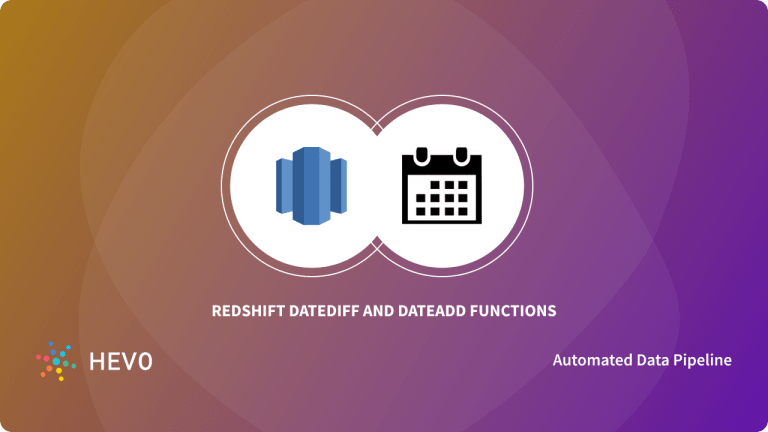

To calculate the number of days between '' and '' to see how long until your holiday: start: The start date or timestamp string.part: The date or time part to compute the difference (e.g., day, month, year, hour, minute, second) inputted as a string.This function is especially useful for calculating intervals, such as the number of days between two dates or the hours between two timestamps. Implementing DATEDIFF in Redshift simply computes the difference between two dates or timestamps. Luckily for us, Amazon Redshift provides handy functions out of the box for us to leverage. Working with dates as a human is typically quite annoying - the Gregorian calendar invented by Pope Gregory XIII in October 1582 clearly did not have date-based analytics in mind when he created this new calendar. We’ve all been there: “So my flight is on the 21st September and it's currently the 10th June…how many days do I need to survive before I go on holiday?.30 days have September, April, June, and November…”
REDSHIFT DATEDIFF HOW TO
How to Use the Amazon Redshift DATEDIFF Function A typical use case of Redshift is for time-based analytics as analysts and engineers often are interested in parsing data over a set period of time to gain valuable point-in-time insights. With Petabyte level storage and lightning-fast querying, it is a highly flexible and performant solution and when combining this with all of the obvious benefits of AWS cloud integrations it can slot very nicely into any AWS cloud platform.Īs such a popular solution the demand for Amazon Redshift expertise is growing, and being able to set yourself apart from the pack is key to securing new roles in the industry and being maximally effective to provide the most value within your team. In this article, we'll dive into the inner workings of these functions and provide examples to help you master them and become a true time-lord! What is Amazon Redshift?Īmazon Redshift is a gold standard in the data industry providing a cloud-based data warehouse service that can scale to handle the data of any organization, large or small. Among these, the Redshift DATEDIFF and DATEADD are two essential tools for manipulating and analyzing dates. Redshift provides a rich set of functions to work with dates and times. How to Use the Amazon Redshift DATEADD Function.How to Use the Amazon Redshift DATEDIFF Function.Checking the docs for Amazon Redshift shows this: DATEDIFF ( datepart, )ĭatepart: The specific part of the date or time value (year, month, or day, hour, minute, second, millisecond, or microsecond) that the function operates on. Specifically, DATEDIFF determines the number of date part boundaries that are crossed between two expressions.For more information, see Date parts for date or timestamp functions. For example, the dateadd () is one of the functions provided by Redshift. Basically, the dateadd () function is used to return the new date-time values by adding the required date and timestamp, or we can say the specified date and timestamp as per user requirement.įor example, suppose that you're calculating the difference in years between two dates, 12-31-2008 and 01-01-2009. In other words, we can say the dateadd () function is used to return the. In this case, the function returns 1 year despite the fact that these dates are only one day apart.

If you are finding the difference in hours between two timestamps, 01-01-2009 8:30:00 and 01-01-2009 10:00:00, the result is 2 hours.

If you are finding the difference in hours between two timestamps, 8:30:00 and 10:00:00, the result is 2 hours.ĭate|time|timetz|timestamp: A DATE, TIME, TIMETZ, or TIMESTAMP column or expressions that implicitly convert to a DATE, TIME, TIMETZ, or TIMESTAMP. Use the TIMESTAMPTZ data type to input complete timestamp values that include the date, the time of day, and a time zone. The expressions must both contain the specified date or time part. When an input value includes a time zone, Amazon Redshift uses the time zone to convert the value to UTC and stores the UTC value. To view a list of supported time zone names, run the following command. If the second date or time is later than the first date or time, the result is positive. If the second date or time is earlier than the first date or time, the result is negative.


 0 kommentar(er)
0 kommentar(er)
